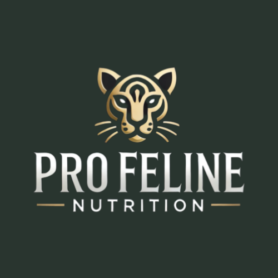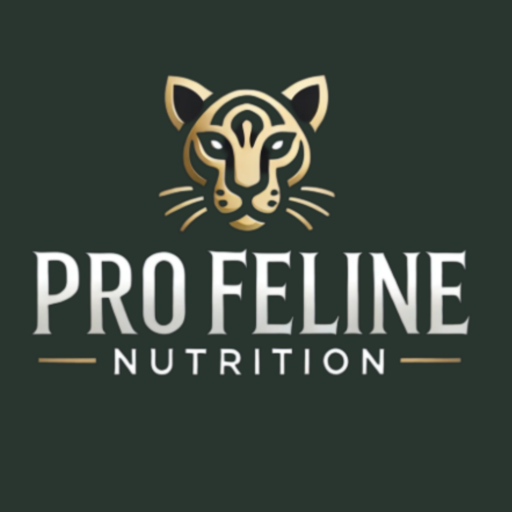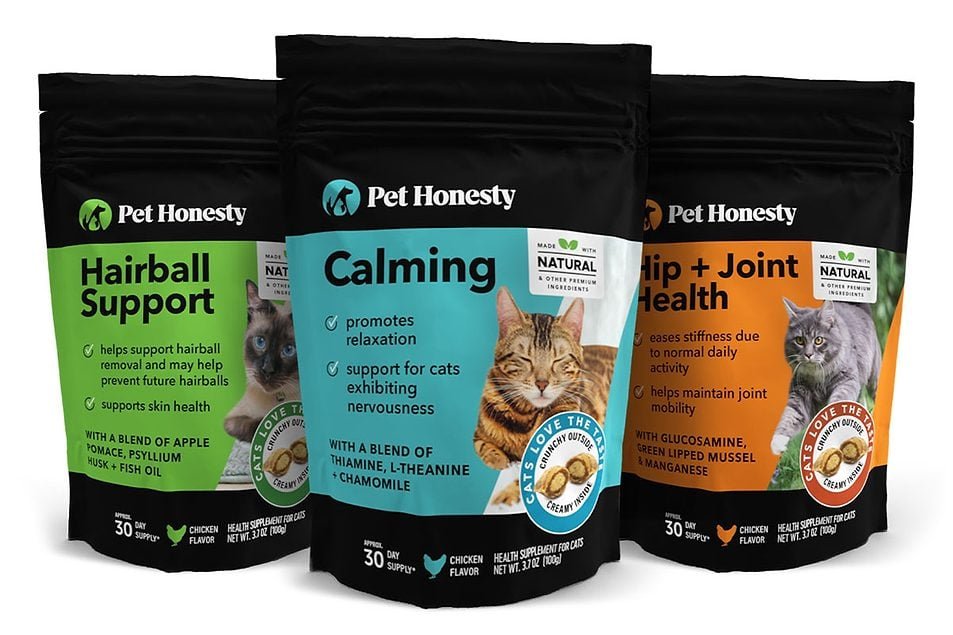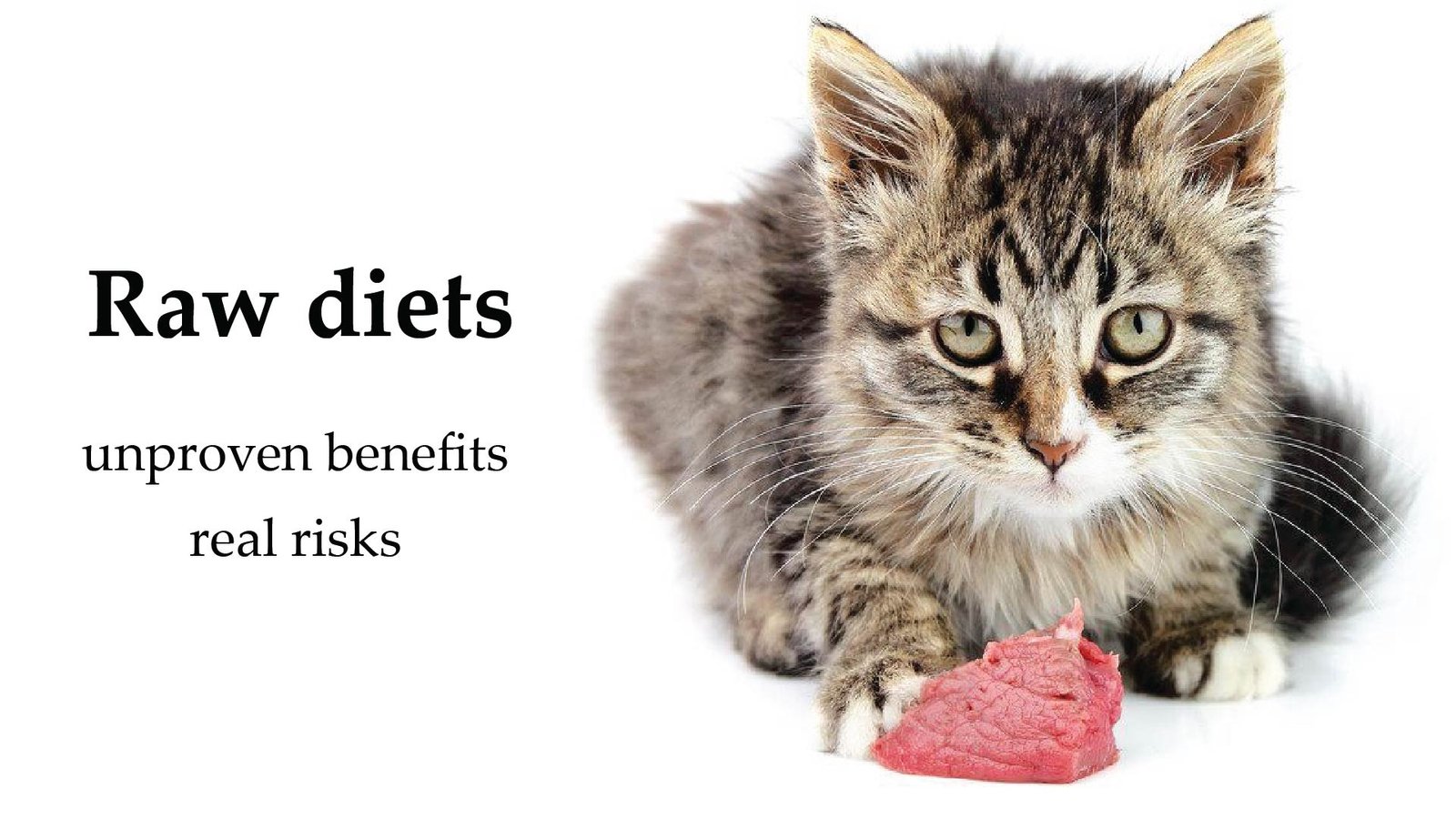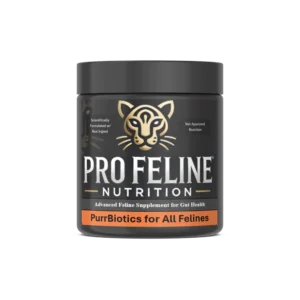Raw Diet for Hybrid Cats: Why Digestive Enzymes Are Essential
Eric D.
October 27, 2025
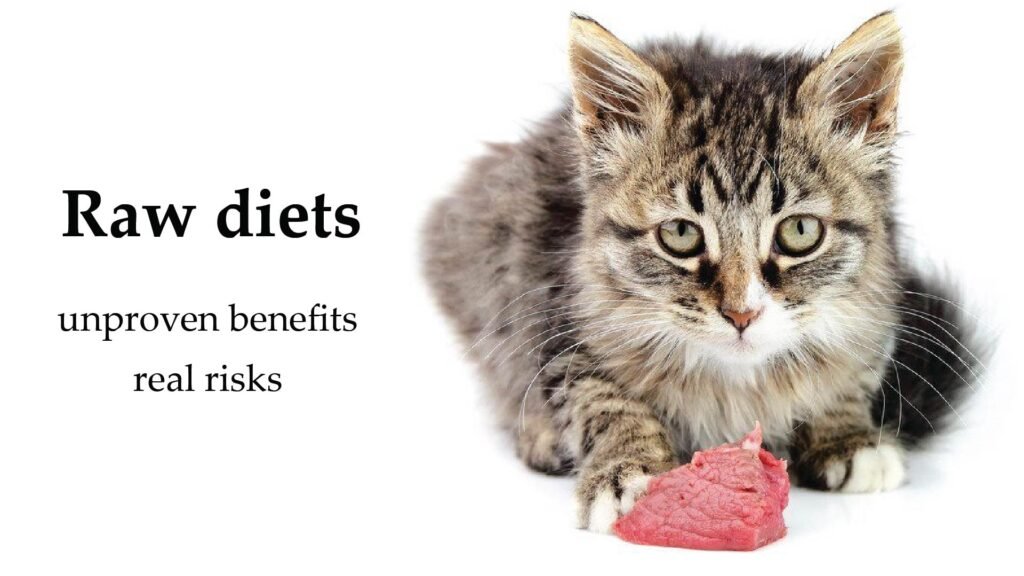
The Raw Diet Revolution
More hybrid cat owners are returning to nature by feeding raw diets. It makes sense—your Savannah or Bengal’s wild ancestors never ate kibble. But even the best raw diet can fall short without one critical component: digestive enzymes.
Raw feeding mimics what wild cats eat: muscle meat, organs, bones, and small amounts of vegetation from prey stomach contents. Benefits include:
- Improved dental health
- Better weight management
- Shinier coats
- More energy
- Smaller, less odorous stools
But there’s a catch many raw feeders don’t know about.
The Enzyme Gap
In the wild, cats consume fresh prey immediately. The prey’s own enzymes (present in tissues and organs) help with initial digestion. By the time you serve raw food to your cat:
- Time has passed – Enzyme activity decreases rapidly after death
- Freezing destroys enzymes – Most raw diets are frozen for safety
- Processing reduces enzyme content – Ground meat has less enzyme activity than whole prey
This means your cat’s pancreas must work overtime to produce all the enzymes needed to break down a high-protein, high-fat meal.
Why Hybrid Cats Need Extra Support
Hybrid cats have particularly high metabolic demands. They need:
Protease – Breaks down the high protein content in raw meat
Lipase – Digests fats from organ meats and fatty tissues
Amylase – Handles any carbohydrates (though minimal in raw diets)
Without adequate enzymes, even the highest-quality raw food can cause:
- Undigested food in stool
- Loose stools or diarrhea
- Gas and bloating
- Reduced nutrient absorption
- Pancreatic stress over time
Signs Your Raw-Fed Cat Needs Enzymes
Watch for these indicators:
- Vomiting undigested food several hours after eating
- Stool that looks similar to the food you served
- Eating well but not gaining/maintaining weight
- Increased hunger (seeking nutrients they’re not absorbing)
- Digestive upset when switching protein sources
Choosing the Right Enzyme Supplement
Not all enzyme products are created equal. For raw-fed hybrid cats, look for:
- Animal-based enzymes – More effective for carnivores than plant-based enzymes
- Broad-spectrum formula – Multiple enzyme types for complete digestion
- High potency – Raw diets require more enzyme activity
- No fillers – Avoid products with grains or unnecessary additives
- Easy to administer – Powder that mixes into food works best
The ProFeline Difference
Our enzyme formulas are specifically designed for cats eating raw, home-prepared, or high-protein diets. We use:
- Pancreatic enzymes from animal sources
- High-potency concentrations for maximum effectiveness
- Clean formulations without grains or fillers
- Easy-to-dose powder that cats don’t detect in food
How to Use Digestive Enzymes
Dosing: Follow product guidelines based on your cat’s weight. Start with half the recommended dose and increase gradually.
Timing: Mix enzymes directly into raw food just before serving. Enzymes work best when in contact with food.
Consistency: Use with every meal for best results. Enzymes don’t build up in the systemthey work meal by meal.
The Bottom Line
Raw feeding is one of the best choices you can make for your hybrid cat’s health. Adding digestive enzymes ensures they actually absorb and benefit from that premium nutrition.
Your cat’s wild ancestors had nature’s perfect digestive support system. Give your hybrid the same advantage with targeted enzyme supplementation.
Ready to optimize your raw feeding program? Explore our enzyme formulas designed specifically for carnivorous cats.
